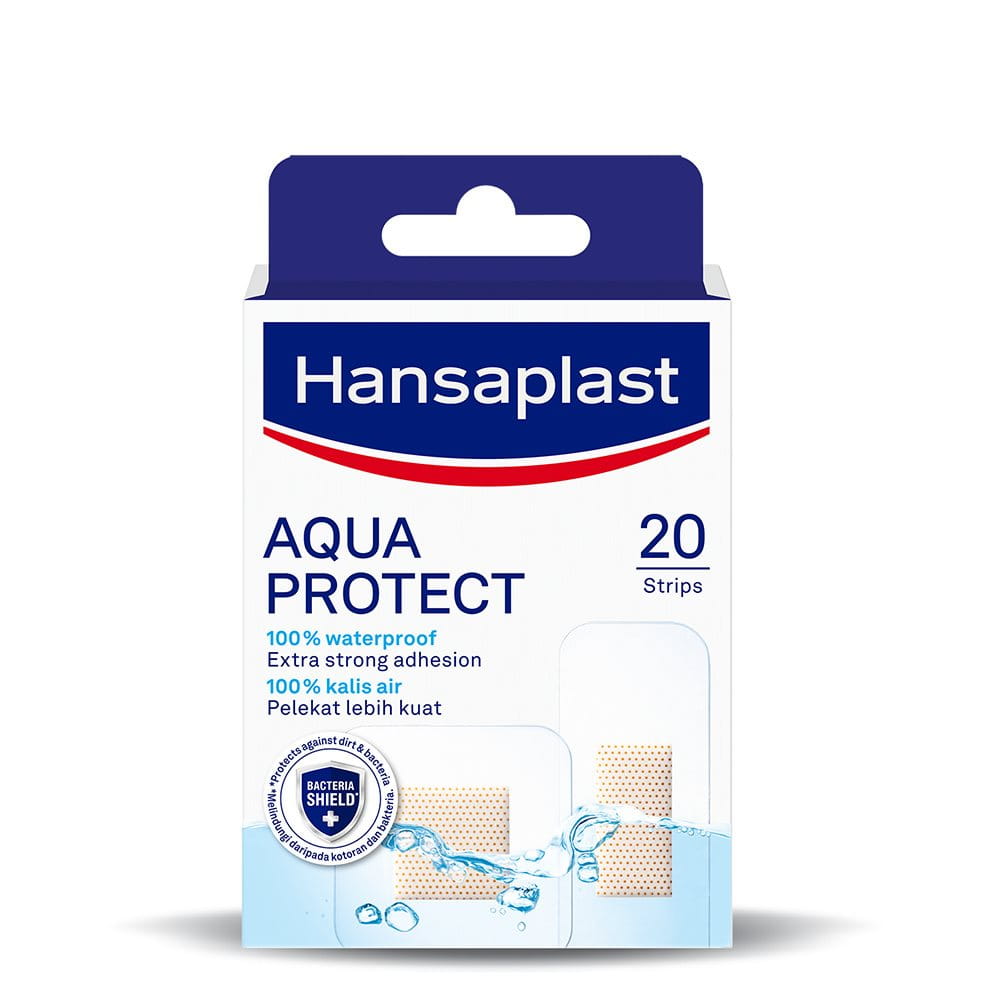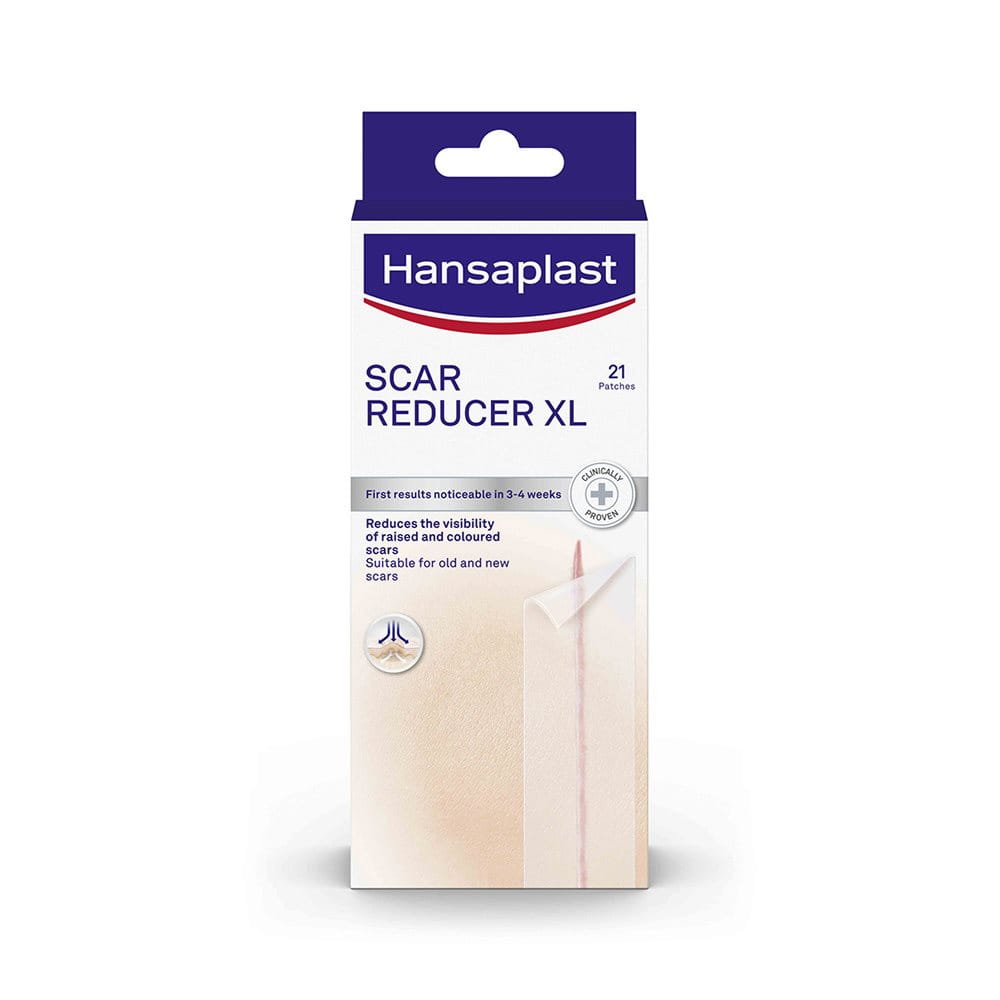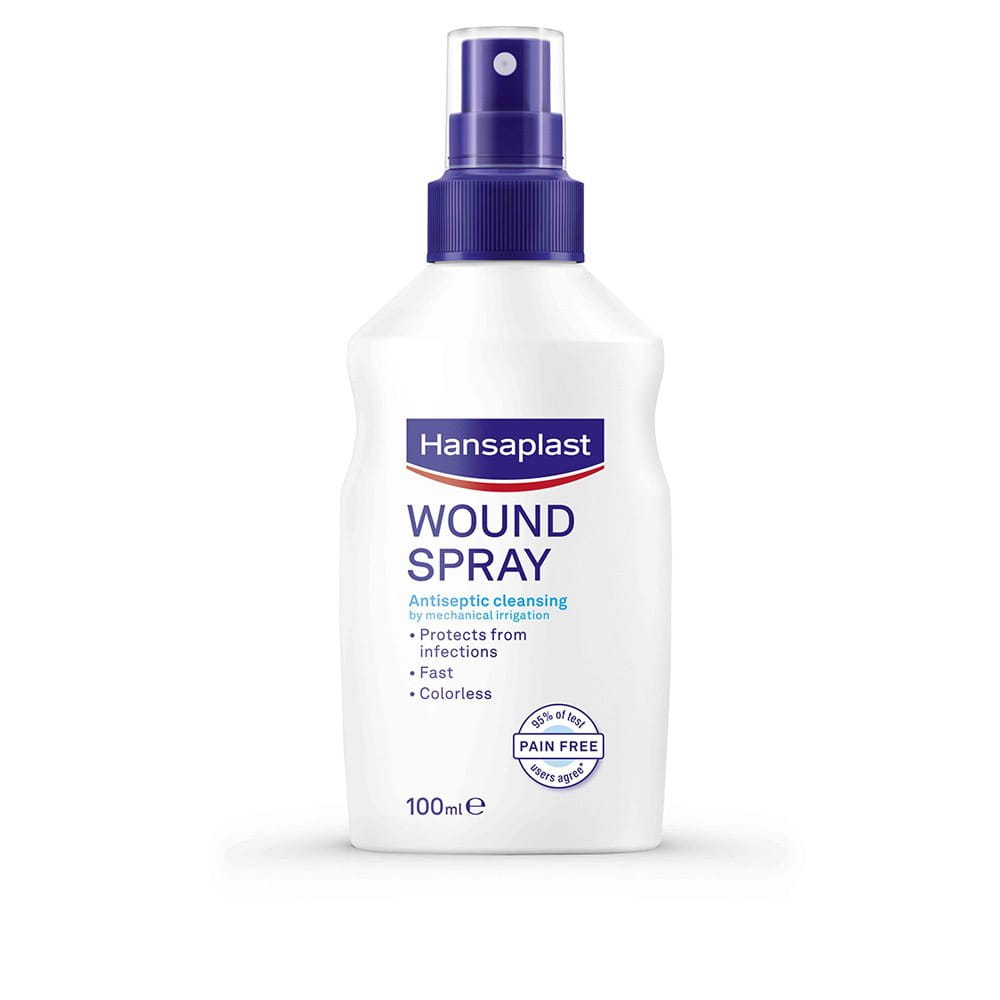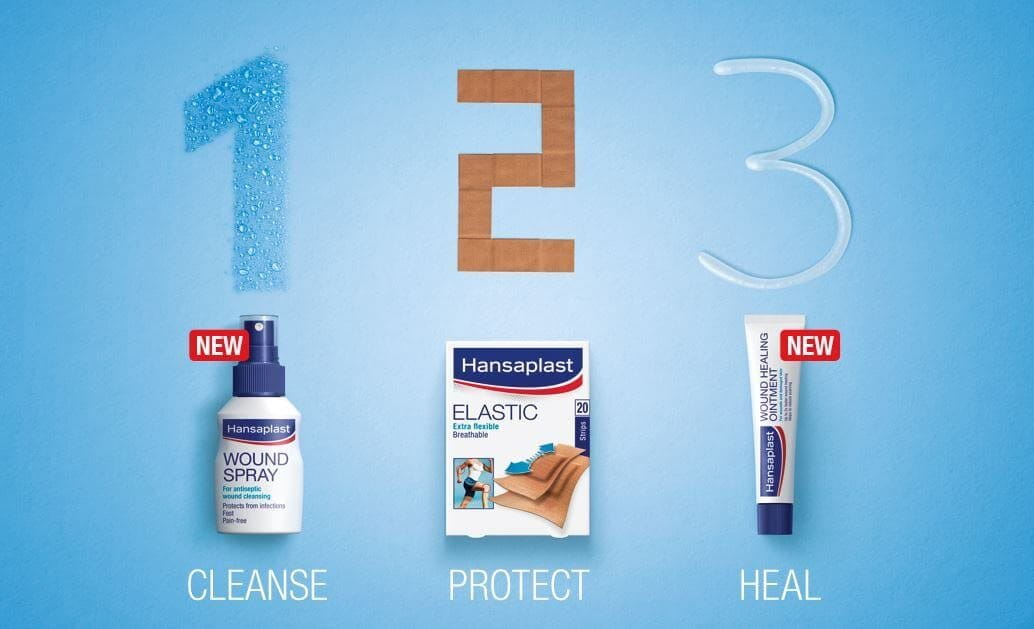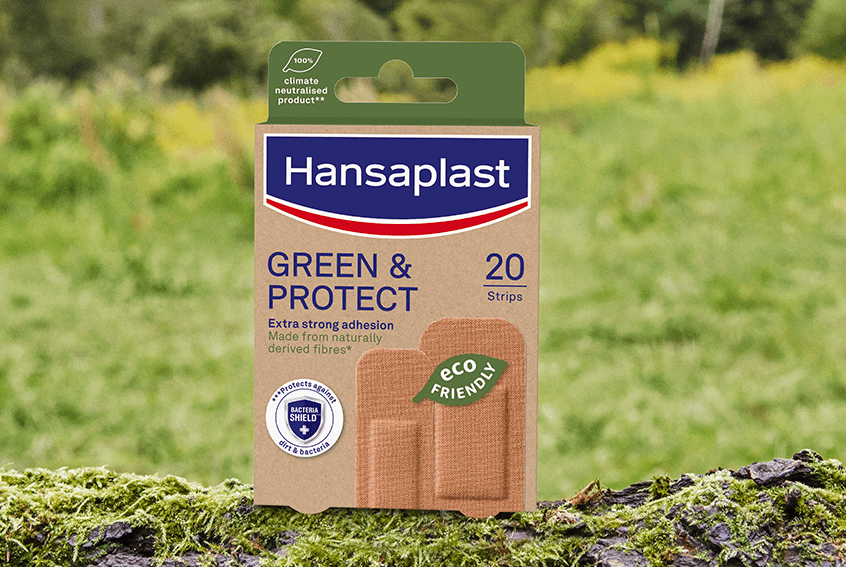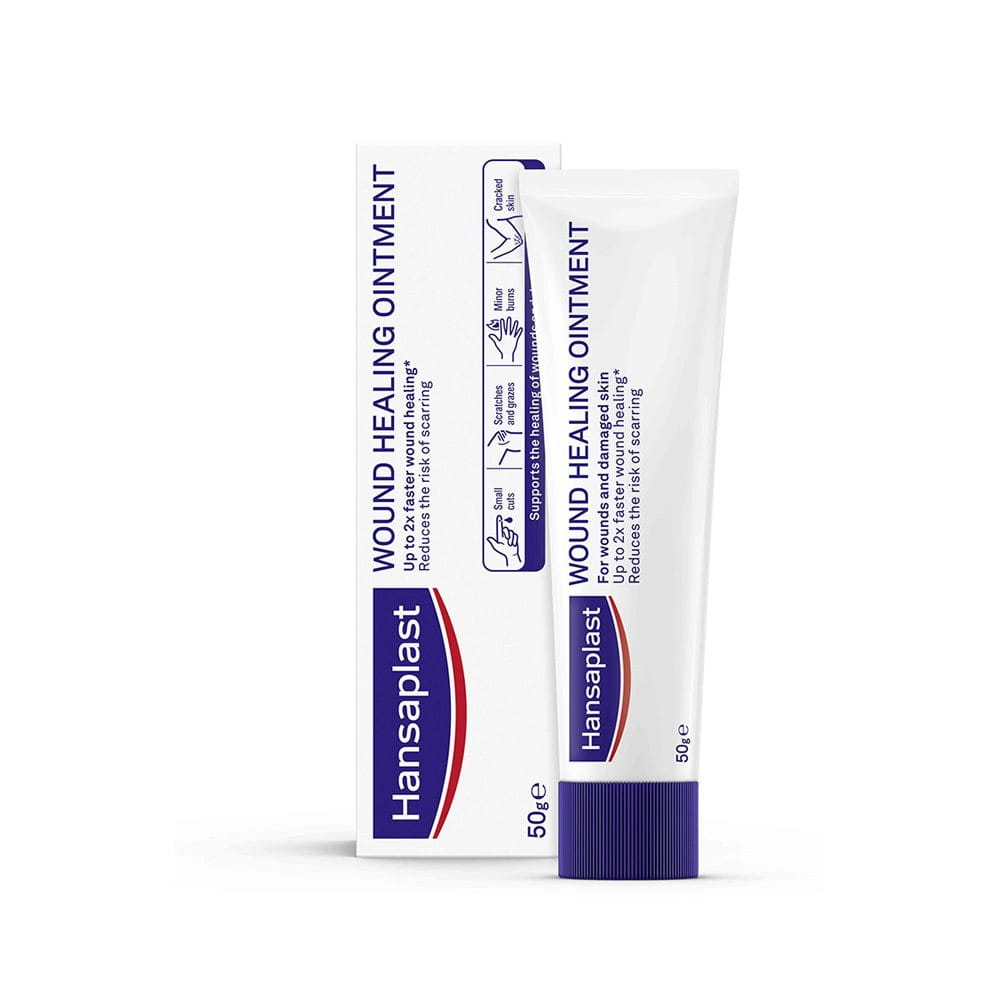What is a cut?

While preparing dinner, repairing things, or gardening, cuts can happen to all of us. A cut is an opening in the skin caused by a sharp object like a knife, a work tool or even a piece of paper. A cut may penetrate deep into the skin, which could lead to strong bleeding and leave a scar.
